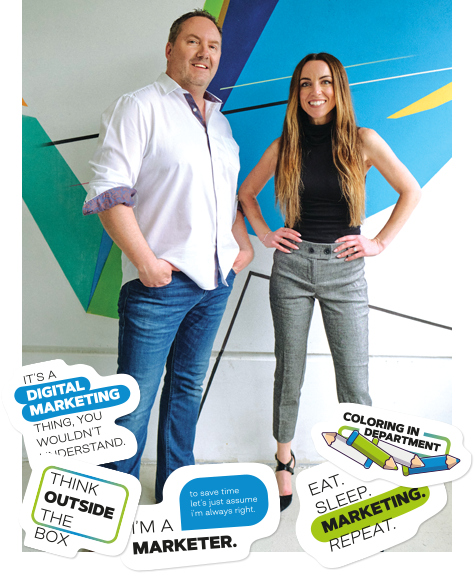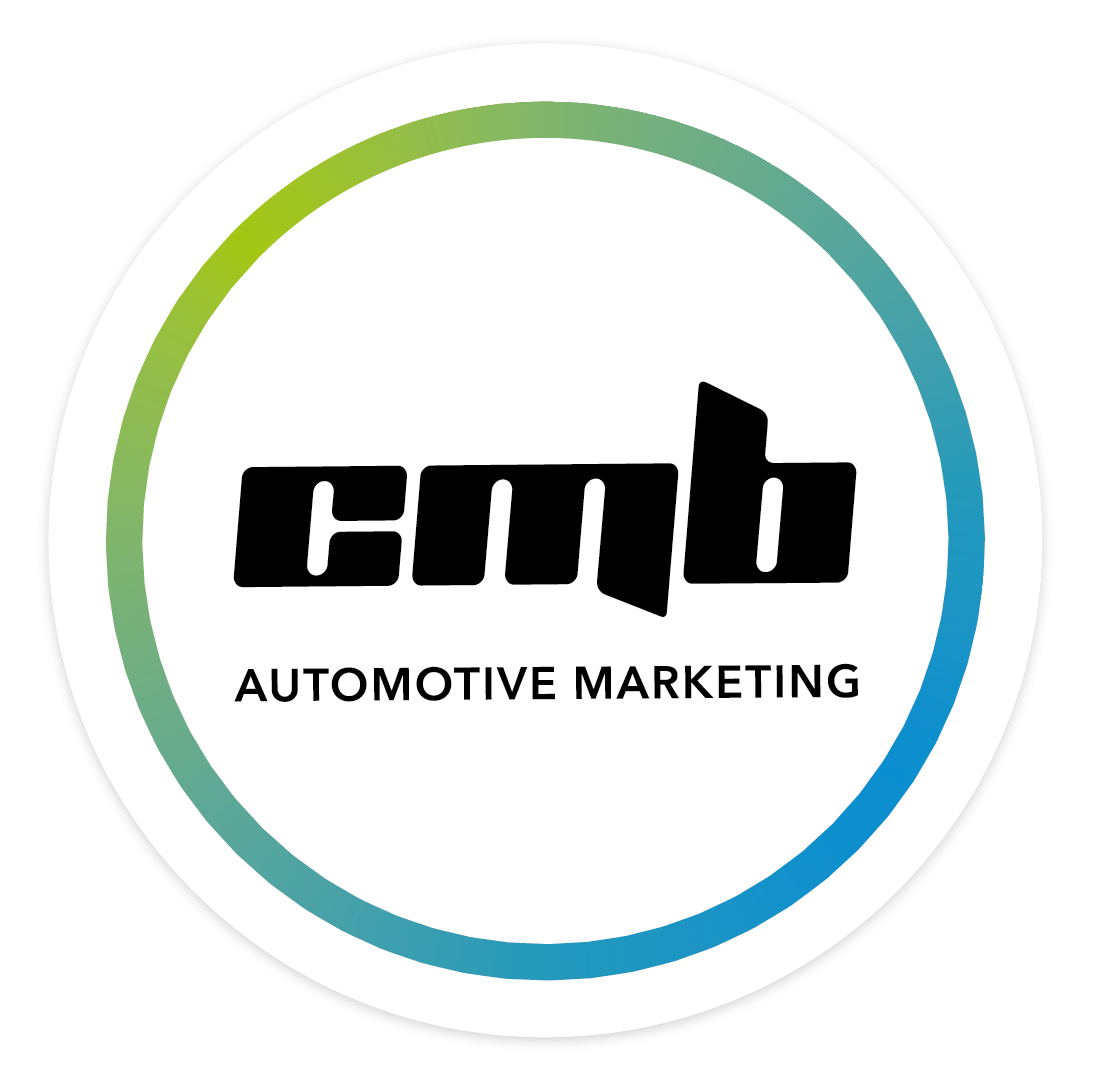We recently had the pleasure of presenting to the AASA Marketing Executives Council on Marketing’s role in navigating change. Disruption in the automotive industry being the hot topic and how this can ultimately be opportunity for marketers. You may recall we ran a short survey during the presentation. Our goal was to gain insight about how the industry was feeling regarding disruption as it pertains to your marketing efforts and the effects it may or may not be having on your brand. We want to especially thank those of you who took part in our questionnaire and offer you some of our recommendations to the responses we received.
Here’s what we found…
Remember when we surveyed you with those nicely colored interactive questions during our presentation at the recent AASA MEC Council Meeting?
Well, here’s what we found…
What is your
biggest pain point?
Your number one pain point seems to be that budgets are just too tight.
As a group, we wanted to get a visual of how many of you are having to scale back your efforts and how many of you are increasing those in the face of disruption.
In the face of
disruption are
your marketing
efforts being…

The majority of you stated that your marketing is greatly being scaled back by more than 30%
It’s nothing new to see marketing get cut first in the face of disruption, as this is often seen from CFOs as “unnecessary” spending. This is because marketing is typically difficult to quantify. This could be for multiple reasons including uncertain economic conditions, etc.ght
CEOs and marketing executives face a troubling dilemma: you need revenue to afford marketing, but you need marketing to generate revenue. Critical labor shortages put additional pressure on the automotive industry and this has been identified as another issue the industry now needs to tackle.
We aren’t coming to sway you, this is a list of honest recommendations based on our experience, with the intention to help you change perceptions of those who think marketing is “unnecessary”. So, one way to get started is to look back and find out how you budgeted for all of “their” “unnecessary” marketing spend in the first place.
Recomendations
If budgets are being scaled back then of course your marketing budget is going to be too tight. Too tight in the right ways though? Now is especially a good time to review your existing strategies and find out what is working, what needs fixing and what you can let go of. We call this kill, cure, or keep.
Evaluate strategies internally across multiple departments such as Sales, Customer Service, HR and Business Development. Sit down with these teams a find out what is working and what is not. What areas of each strategy are not meeting expectations?
We often find that there are a lot of items included in marketing budgets that do not belong there. If your company looks at your marketing accounts as a catch-all for all sorts of spending, then that’s a deeper conversation to be had. You need to kill any spending that could be wasting that part of your budget away, cure the things that need to be revisited or that can be fixed or improved upon, and lastly, keep what is actually returning value.
Marketing KPIs
for successful budgeting
However, reviewing your budgets aside, we’ll stick our necks out to say that budget cuts are often down to some mis-alignment of reporting metrics.
Marketers often report on KPIs that mean little to the CFO (who controls budgets) – things like engagement, followers, MQLs, web traffic, etc. When reporting for budget, marketers need to focus closely on the elements that have a direct impact on the bottom line: ROI, customer lifetime value, new customer acquisition costs, revenue run rate, etc. These are the KPIs your CFO will be interested in and will allow them to make a direct correlation between marketing spend and revenue created.
Bad KPIs for CFOs:
- MQLs
- engagement
- followers
- web traffic
Good KPIs for CFOs:
- ROI
- customer lifetime value
- new customer acquisition costs
- revenue run rate
This doesn’t meant that engagement metrics are not important, it may just mean that those KPIs and metrics reported don’t necessarily demonstrate a clear path to value for the CFO. To protect budgets we need to demonstrate effectiveness from the viewpoint of financial returns.

In the McKinsey study, 83% of global CEOs see marketing as a key factor for business growth

However, only 40% of CFOs can correlate marketing investment with ROI on company bottom line
Marketers need to present a strong (really strong) case for continuing marketing levels and demonstrate how their plans and strategies will focus on delivering ROI and revenue generation. Work with CFO or CEO to understand what they need to see in terms of marketing results.
Marketing strategy also plays a big part here. Prioritizing budget to elements that have the greatest ability to make the most impact on the right KPIs is crucial. This will ensure your budget (what there is of it) will have the biggest effect and deliver the best results possible. Careful consideration of marketing strategy and deciding what NOT to do, is essential when working with reduced budgets.
If Aftermarket sector sales
have increased overall,
shouldn’t we be seeing
an increase in budgets?
When budgets are tight, re-analyze the budgets to make sure spend goes into areas that will create actual, measurable value for the company.
Here are some cost-effective and resourceful ways to make sure you are actively putting your brand first…
Year-Over-Year Growth of the U.S. Automotive Aftermarket (percent change from previous year)
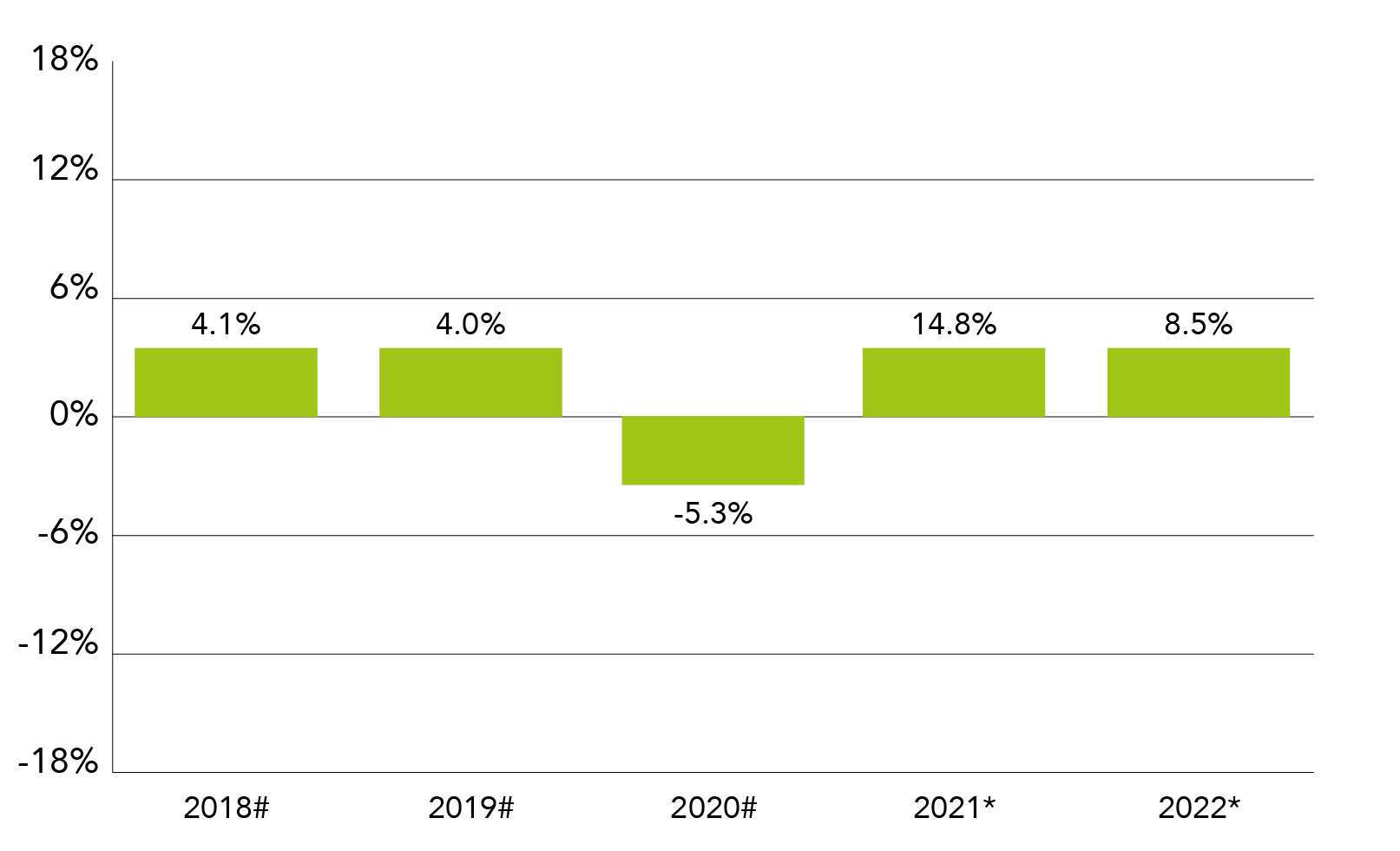
Source: Auto Care Association/AASA Channel Forecast Model
Notes: # Estimate. * Forecast. Historical data have been revised. Figures do not include warranty work.
Cost-effective
Increased focus on SEO
Your brand is being researched online now more than ever. In short, search engines influence buying behavior and create brand positioning. When your budget is tight, it’s a good time to focus on small wins. Focusing efforts on Search Engine Optimization is also a cost effective way to ensure that your strategies match new buying behaviors.
Content Generation & Optimization
Generating good quality content and optimizing it for search can be a no-cost route to creating effective marketing. Content forms part of earned media and therefor can be distributed easily through online platforms (e.g. social media channels). This works well when used in conjunction with SEO and matched keyword phrases. This can be done in educational pieces, videos, and also writing for trade publications to get your brand and products more well-known.
Resourceful
Hire Agency Expertise
Agencies can add even greater value for the money. Yes, your budget is tight, but they specialize in setting strategy and getting the most bang for the buck out of budgets. More importantly, they have the resources and contacts to make things happen that you may not as a single company.
Efficient use of your budget, and a major benefit of working with full-service agencies, is to appoint an agency with multiple skill sets. These skill sets work to fill in the blanks of your department that can be allocated to your needs. New permanent staff hires are expensive and the process can take significant time to find the right person. From a full-service agency, you get the skills of a whole additional team for that one new hire job role.
If your budget is even so tight that you cannot outsource projects, then consider bringing in a consultant who specializes in branding to your department, to offer a fresh perspective and a new, but experienced, face to the table.
What is your
biggest pain point?
On average, you answered that struggling to attract and retain workforce is 2nd on the list.
Companies must first acknowledge that the employment landscape has fundamentally shifted. Talent is now difficult and expensive to acquire which makes retaining employees all the more critical.

Recomendations
An internal branding campaign may be what you need
Branding is absorbed internally just as it is externally. This is done through emotional connection. People who care and believe in the brand show increased loyalty and are motivated to work harder. This can be launched at any time although we find this best accomplished when a fundamental change is happening. During change, especially M&A activity, employees are looking for direction and stability, and are more open and receptive to branding initiatives. Leaders tend to assume the strength of their brand and often forget to continue selling this brand vision internally. You need to find ways to communicate your brand so that it builds trust and integrity in your employee’s eyes. This creates a unified workforce and strengthens their sense of purpose.
In your initial phase of an internal branding campaign, try integrating anonymous interviews with key employees to identify what you could be doing better. You can even source a 3rd party for this and get more juice out of your employees. But when you review your results don’t stop here. This falls flat in a lot of cases because of a significant lack of follow-through from leadership. To be successful you need to show your teams that this has been taken into consideration through thoughtful actions and effective communication.
Focusing on an internal branding campaign will pay dividends to your brand externally. Placing a priority on attracting and retaining good employees and launching a campaign around this will not only increase morale for existing employees and slowdown the loss, it will also influence your external branding efforts and attract those who now come to you for the right reasons.
To Effectively Attract and Retain Talented Employees:
- Place importance on change management
- Sell your brand internally
- Build trust and integrity
- Communicate regularly with transparency
Is your HR department spending your marketing dollars? Marketing should work closely with the HR Department implementing campaigns, support their recruitment needs and get creative in developing messaging /job ads /recruitment platforms /etc. but this needs to be a part of the HR budget and free up space from your Marketing budget.
Feel that? A little more breathing room!
What is your
biggest pain point?
It’s no surprise that managing your brand internationally has come in at the top 3…
With many aftermarket suppliers being international companies, it becomes a significantly important role to effectively manage the brand across multiple territories.
Recomendations
In our experience, we find is that the US can tend to have a rather insular global view point, expecting the whole world to operate in the same way and by the same standards as it does.
This is, of course, not the case in reality, business culture alters significantly from country to country. Europe for example, can be a challenging market place with multiple languages and business cultures all playing their part in making brand management a difficult task.
- Understand how different regions and countries use different names for similar products. For example, a muffler in the US is an exhaust in the UK or brake rotors will be better known as brake discs. These may seem like simple things but the details are often important when dealing with different countries.
- Make sure product packaging is working across different regions, languages, etc.
- Sometimes it is just a matter of a slight product name change or message that is more relevant to that region or culture.
- Ensure you have robust brand guidelines in place and the power to enforce them.
If you work for a company where the HQ (who controls brand) is based in a different country, make sure you and your team are completely aligned with brand guidelines and expectations of their application. Work closely with your overseas teams and hold regular meetings to ensure brand alignment is maintained.
All team members should recognize the need to allow a certain amount of flexibility in brand guidelines and their representation, as even the most well considered brands cannot possibly account for all circumstances across multiple regions and languages. Consider deploying a well-organized Digital Asset Manager or utilizing your distributor portal for maximum effectiveness. Design the materials needed for each region with designated room for customization to suit their specific needs. Give them the tools but control how your brand is represented.
- Do not be timid about controlling your brand and enforcing it with dealer networks, distributors and agents.Make sure they all know what’s expected from them to represent and manage the brand effectively – and don’t be afraid to come down hard on any of those who abuse the brand ( it will happen more frequently than you probably think).
How do you feel
your brand competes
internationally?
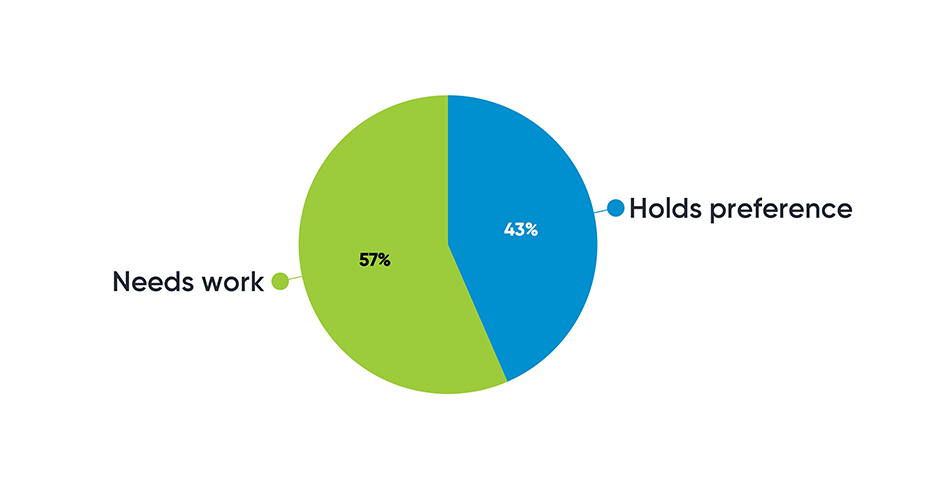
57% of you say your brand needs work.
The landscape can be very different across international markets. You might say you’ve done your own research. You’ve completed a competitor analysis… the problem with doing your own research is that it’s been done from an insiders point of view. This can be convoluted with what you already believe or by internal politics and individual agendas. Try to get a clear picture from the customer’s lens to build a better view of your brand.
Ask yourself this:
- Is your research good and relevant for the region or culture?
- Who is providing you with your research? Is it coming from internal sources, maybe from a corporate viewpoint?
- Do you have the expertise to evaluate and fully understand the data provided and to apply it to marketing strategies?
Tip: working with a global agency that understands and factors in each market and culture can significantly help mind the gap! (shameless plug for our UK team!)
What is your
biggest pain point?
E-Commerce was rated 4th on your list of pain points.
Let’s start with
where your current focus is…
Where is your
current market focus?

For those of you
who are strictly focused
towards the distributor
We have all had to transition to a digital world in a much faster pace due to disruption. While E-commerce may not be in your top three biggest pain points, it is still a fast-paced environment and changes every day with floods of new trends. We’ve included some of our best tips to help you with your e-commerce strategy. One of the best tips we offer is to remove friction.
If you are
more focused on
your distributors
Distributor portal systems improve processes and efficiency by providing and managing information all in one place. Being accessible from anywhere, providing distributor specific pricing, and giving them the tools necessary to manage your brand how you see fit greatly reduces friction. If you don’t have a distributor portal or it cannot accommodate digital marketing assets than we suggest you deploy a Digital Asset Manager.
If you are
solely focused on
the distributor
Can we ask – why are the majority of you solely focused on the distributor?
Have you ever thought past the distributor and through to the actual end user?
The end user and fitter is what creates preference. This the emotion and the good stuff behind your product. Especially as the shift to direct-to-consumer sales has accelerated. We know it’s easier to leverage your distributor network to get your products out into the hands of the end user but with this acceleration, there is a greater need to create trust, provide support and offer a smooth digital presence. Why not begin to take this into your own hands as you’ll see things like increased profit margins and more control over the perception of your brand by adopting an approach that may soon become a necessity for Aftermarket brands?
If you are
anywhere in between
distributor and end user
For those anywhere in between Distributor and End User… the same goes for you. All in, we suggest a dual approach and by planning for this now, you will reap the rewards of a trustworthy brand with repeat buyers and upselling capability.
What is your
biggest pain point?
Advertising – Transitioning from Print to Digital…

Recomendations
We’re glad to see that this falls last on your list of pain points but we also hope it’s last on the list for the right reason and not last on the list because you haven’t given it a proper thought of importance.
Either way, when it comes to the transition from print to digital, we have some points that we like to outline for a digital-first strategy.
Moving to digital makes it easier to ask for more of a budget. It is trackable. This goes back to the NEED to focus on the right metrics. Print materials are very difficult to track and are potentially ‘wasted spend’ when viewed from a reporting standpoint when your CFO wants to understand what results the ad campaign has delivered!
- If you’re new to digital or lack the in-house expertise, hire experts to get your digital systems in place and setting a standard moving forward. Digital product catalogs and comparisons are the new normal and expected of well-known brands.
- Put incentives in place that create excitement around adopting to your new all-digital presence.
- If it works for your products, provide company branded devices to distributors, fitters, and technicians shops that provide convenience and increase the level of product knowledge around what they should be using. Develop apps that guide you through part knowledge, expand on the upsell, and track inventory levels, removing the friction behind placing re-orders and stock issues.
- If you are continuing to deploy print ads, make sure you are at the very least creating unique QR codes and unique UTM Tags to help track activity. These technologies can provide insight on the effectiveness of print or traditional media and will give you guidance and reference to begin measuring results (with at least some degree of accuracy).
Do you feel
your brand
holds preference
or do you feel
it needs work?
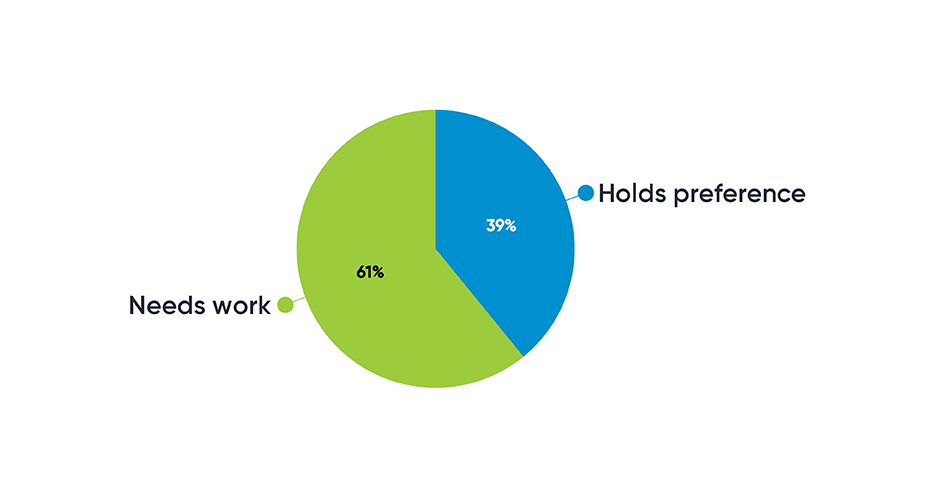
When purse strings tighten it’s vital to understand where your marketing spend will do the most good. One thing is for sure, that you need – is to define your brand and position yourself. If you don’t actively define your brand, others will do it for you. It’s important to remember, your brand is not always what you think it is – it’s also what your customers think it is. It is up to you to control how the market perceives your brand.
If building a powerful automotive brand
is a priority for you…
If you are figuring out how to adapt to disruption and would like some practical advice and guidance on how to develop marketing strategies that guide you through rapid industry change, CMB can help you take this journey.
We can provide you with the expertise and support to transform your marketing and develop a powerful automotive brand fit for whatever the future brings.
CEO
T: (248) 817-8848 | chris@cmbautomotive.com
Director of Marketing, North America
T: (248) 817-8848 | emily@cmbautomotive.com
